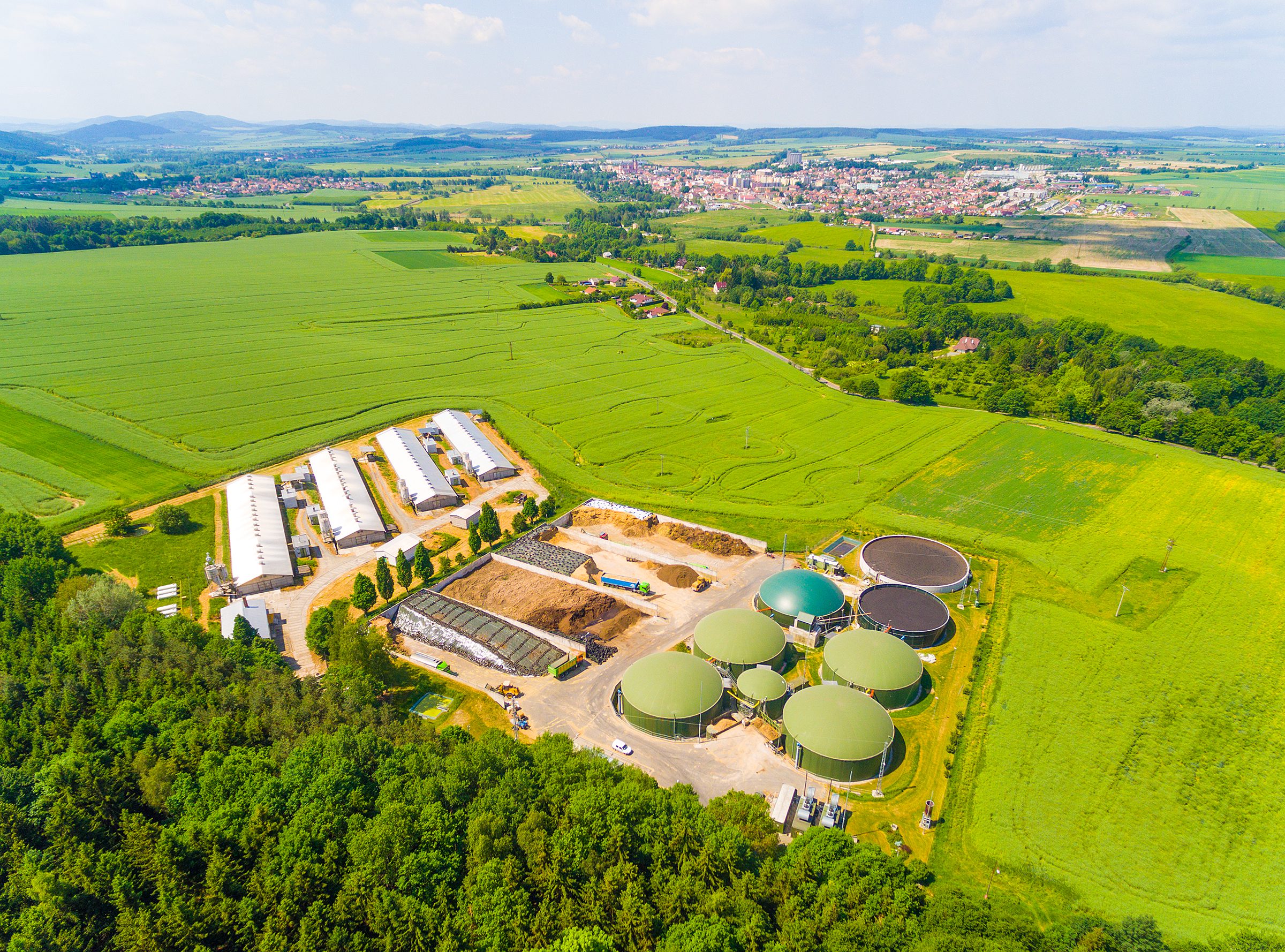
Industries across the globe use water for fabricating, processing, washing, diluting, irrigating, cooling, and transporting products. Water is used in copious amounts across mining operations, smelting facilities, petroleum refineries, chemical production, and food processing facilities just to name a few. The apparel industry alone, for example, consumes approximately 79 billion cubic meters of water per year — enough to fill 32 million Olympic-size swimming pools. That figure is expected to increase by 50% by 2030. In the mining, minerals, and metals industry, the amount of water it takes to produce a ton of steel (250,000 liters) is the equivalent of more than 2 years of consumption for a European family. Not surprisingly, water sustainability has emerged as a critical issue for fueling global economic growth.
High water demand and its declining supply threaten quality, pollution, climate change, urbanization, aging infrastructure, spiraling energy costs, and evolving regulations are just some of the challenges facing the global water sector. Within their internal operations, water and wastewater facilities confront challenges surrounding water leakages and high rates of energy consumption. In the US alone, municipal wastewater treatment plants are estimated to consume more than 30 terawatt-hours per year of electricity, which equates to about $2 billion in annual electric costs.
Even with these seemingly overwhelming challenges, it is becoming increasingly apparent that digital transformation in water processing and delivery operations can begin to help provide lower energy consumption, higher sustainability, and less waste.
Water sustainability strategy relies on infrastructure that enables data transparency
Sustainability starts with the ability to extract performance data from the physical infrastructure that supports core operations. In the water and wastewater sector that means water processing and distribution network transparency, and traceability of water assets as they move through municipal systems. To achieve transparency, core equipment such as motors, drives, and pumps need to incorporate sensors to collect the necessary data. Then cloud-based software tools can connect to the various data silos from different sources and consolidate and combine that data with legacy data.
As data is shared back and forth across organizations, trust issues can be addressed by incorporating tools that provide only the necessary and non-confidential pieces of data needed to make accurate decisions in a secure and protected environment. Once access to meaningful data is achieved, machine-learning solutions can be deployed to extract trends from this broad set of data. In this way, faster and more sustainable decisions can be made regarding water assets as they flow through the processes of recycling purification, transportation, and, ultimately, consumption.
The highest potential for achieving sustainability objectives lies with training intelligent algorithms, or artificial intelligence (AI), to make sustainability decisions in real-time, incorporating the many data points that no human could process in a timely enough fashion, to yield autonomous decision-making.
Schneider Electric supports such modernization of water and wastewater operations in several ways. In working with Anglian Water, for instance, one of the largest private utilities in the UK, we introduced a cloud-based holistic solution for water loss management that monitors incoming system performance data on a near real-time basis from multiple data sources. As a result, leaks and anomalies are detected in real-time, work orders are dispatched and repair works are effectively executed. Operators can further recognize where system fixes are being applied and where work is still outstanding. They can now find and repair leaks much faster than in the past. In fact, their operations management team has been able to reduce leakage by 10 million liters of water per day.
An ecosystem of partners is key to success
At Schneider Electric, sustainability has long represented a core corporate strategy pillar and the Corporate Knights, the world’s largest-circulation magazine on clean capitalism, has recently named us the most sustainable company on their Global 100 index. We attribute much of this success to our ability to digitize operations. 73% of our investments are directed toward developing newer and even more sustainable solutions. Many of our industrial customers have asked us to share our expertise to help them address both digital transformation and sustainability challenges.
The issue of conserving resources while generating revenues and profitability is a delicate balancing act. No one company can do it alone. Partnership and strategic alliances are critical success factors when it comes to achieving business transformation goals. That’s why, when proposing solutions to water and wastewater firms worldwide, Schneider Electric often partners with major technology firms, like Microsoft, who share our passion for sustainable operations and support our cloud-based digitization solutions. In fact, Microsoft has pledged to become water positive by 2030. In water-stressed regions, they have established a goal to replenish more water than is consumed by their operations.
For more information
A consultant like Schneider Electric, with extensive water and wastewater industry energy management expertise, can help operators significantly reduce energy bills and water leakage. Our global water wastewater experts can advise how new digital tools can be leveraged to modernize operations. To learn more about how digital transformation can lead to more sustainable operations, visit our water and wastewater home page. You can also watch our on-demand webinar Industrial Sustainability: A Roadmap to Decarbonization and Resource Conservation.



